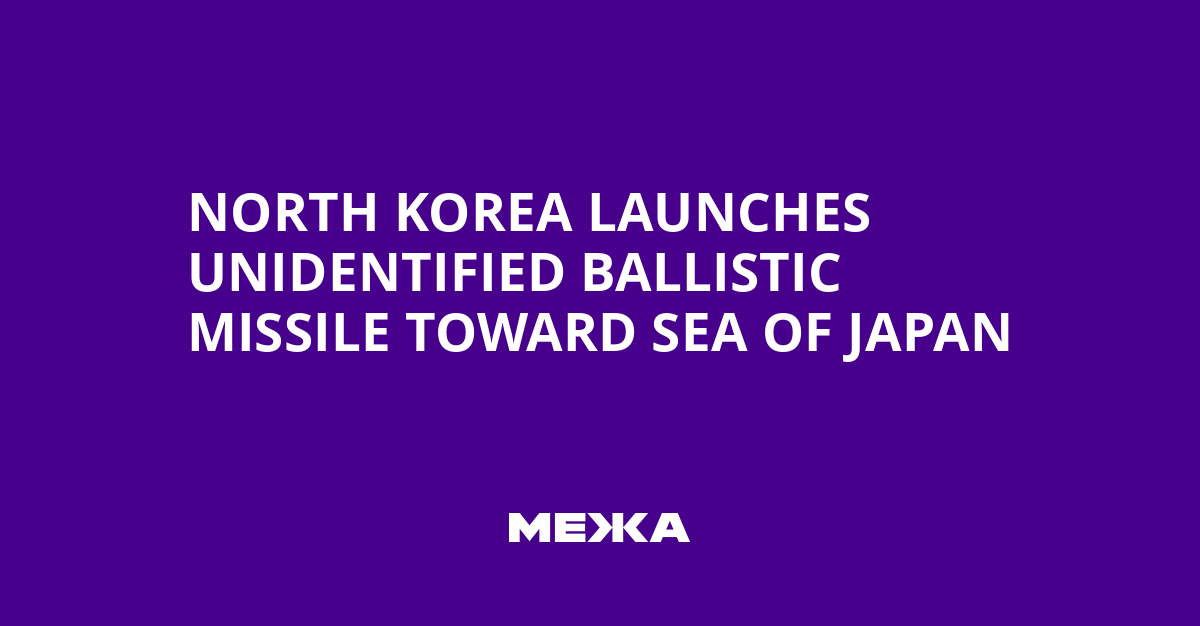In the early morning of November 7, North Korea conducted the launch of an unidentified ballistic missile toward the Sea of Japan.
According to the Joint Chiefs of Staff of South Korea (JCS), the launch was detected, but details about the missile type were not disclosed. Usually after such events, South Korean forces, together with the United States and Japan, analyze the flight trajectory to identify the missile, after which they inform the public about the circumstances of the test.
Japan also confirmed the incident: after the launch, the coast guard reported the missile fell into the sea off the coast.
The recent days saw earlier tests – on October 22, North Korea launched short-range missiles toward the Sea of Japan, which occurred ahead of the visit by the U.S. president to South Korea to meet regional leaders.
South Korean intelligence and Western intelligence agencies believe that Pyongyang is rapidly advancing in developing missile and other sophisticated weapons systems thanks to substantial technical support from Moscow – in exchange for military aid in its war of aggression against Ukraine.
Analysts note that North Korea maintains its nuclear test site in a state of constant readiness and could immediately carry out a seventh nuclear test if Leader Kim Jong Un makes the appropriate decision.
Regional powers expect further coordination between the United States, Japan, and South Korea to monitor flight trajectories and shape a balanced response to potential threats from the DPRK.
Reaction of regional forces and possible actions
Analysts emphasize the importance of joint regional monitoring and preparedness to act swiftly in the event of a new provocation from Pyongyang, including increased coordination between the United States, Japan, and South Korea and strengthening defense collaboration.
